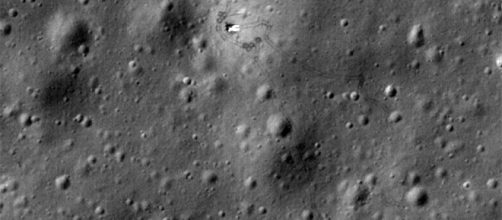With the Trump Administration contemplating sending astronauts around the moon as early as 2019, the Russians have taken pains to remind the world that it too is planning such a voyage, taking two paying customers beyond low Earth orbit. The current date for that flight is 2022.
Russia has been making some money by taking paying customers to the International Space Station for over a decade, with clients including computer game creator Richard Garriott, who happens to be the son of Skylab astronaut Owen Garriott, and Iranian-American businesswoman Anousheh Ansari.
However, the journey around the moon has proven to be elusive, likely due to the $150 million Price Tag. Nevertheless, rumors abound about people who might be interested, which include film director James Cameron.
The idea is to launch two customers and a Russian cosmonaut on a specially outfitted Soyuz. The Soyuz would dock with a rocket stage that would blast the spacecraft out of low Earth orbit and send it on a free-return trajectory around the moon. The well-heeled and adventurous passengers would be able to see the lunar surface up close and the Earth as a small, blue marble, sights not seen by human eyes since the mission of Apollo 17 that took place in December 1972.
In the meantime, the Russians are said to be on the brink of signing up a new batch of private space travelers to visit the ISS in the new future.
The first of these new space tourists would start checking into the ISS space hotel starting in 2021.
Russia, by the way, has long-term ambitions concerning the moon. The country is still smarting due to having lost the 1960s moon race, a defeat that resulted in severe psychological trauma to the old Soviet leadership and contributed to the American victory in the Cold War. The moon figures in Vladimir Putin’s scheme to “make Russia great again” to coin a phrase. However, the Russian space program has been hampered by a lack of funding caused by the weak economy in that country. The betting is that if Russian cosmonauts ever set foot on the lunar surface, it will be as part of a partnership, with China or the United States.

